Within the global cosmetics industry, Japanese beauty products have long been revered for their safety, reliability, and exceptional quality. Among the frontrunners in this domain is BCL COMPANY, a pioneering firm that has consistently pushed the boundaries of innovation while staying true to its core values.
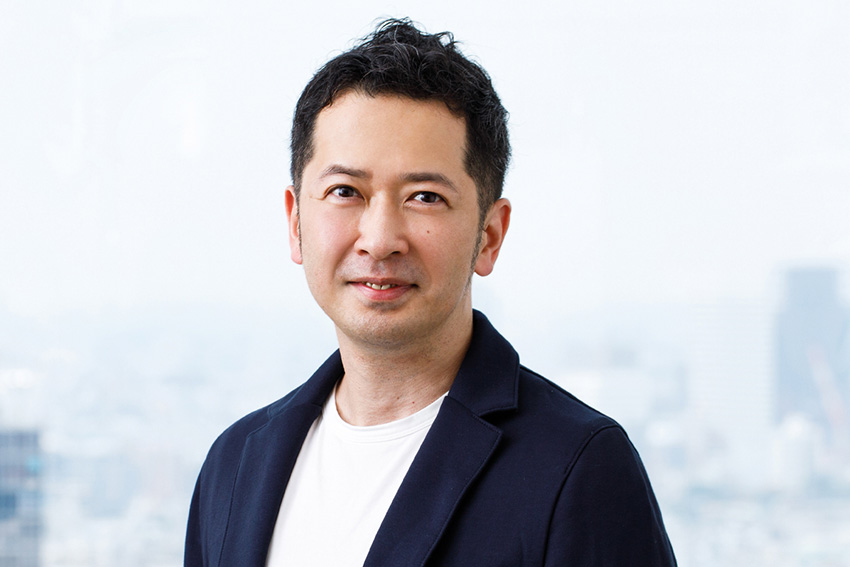
The biggest rival to J-Beauty is K-beauty, which has been gaining momentum due to the increased popularity of Korean culture, such as K-dramas and K-pop. Despite this, many Japanese firms still maintain leadership in the cosmetics sector. What are the strengths and advantages of the Japanese cosmetics industry today?
J-Beauty boasts safety, reliability, and quality as its key strengths. However, this commitment to quality has, in turn, limited Japanese companies from embracing new challenges and innovations. The cautious approach of Japanese companies, while ensuring safety and quality, hinders their exploration of new ingredients and combinations.
In stark contrast, the cosmetics development pace in Korea outshines that of Japan, showcasing a more assertive approach. This proactive stance is particularly well-received by the younger demographic, especially teenagers and those in their 20s. On the flip side, as consumers age, there is a growing preference for made-in-Japan, high-quality products.
Our group company PLAZASTYLE predominantly attracts those aged 19 to 21, where Korean cosmetics enjoy immense popularity. In response to this trend and to compete effectively, we are expediting our development process. What used to take over a year has now been reduced to six months or even three months.
With Japan's demographic situation, there's a smaller labor pool and a shortage of skilled segments in cosmetics R&D. Conversely, as a person ages, the need for adequate personal care products and skin care becomes more important. What have been some of the challenges and opportunities this demographic shift is presenting to BCL?
Our target audience ranges from millennials to people in their 50s, the majority of our customer base falls within the age range of 30 and 40. In light of Japan's declining domestic population, expanding overseas has become crucial for our business. There exists a direct correlation between success in the Japanese market and strong performance overseas. To that end, our strategy is to simultaneously fortify our presence in Japan and expand globally. Currently, our export business spans 40 countries, but it has remained somewhat superficial. Our goal for the upcoming years is to pinpoint specific countries and cultivate a more profound presence in our overseas ventures.
Is there any specific region or country you are targeting that you believe has the most potential for the growth of your company?
Before the onset of the COVID-19 pandemic, half of our international sales originated from China. However, we are now strategically diversifying our sales channels to include South America and the EU, while focusing on Southeast Asia. A recent market research collaboration with MITSUI & CO., LTD, a major trading firm, indicated that our flagship product, Saborino, performed exceptionally well. Consequently, we are considering entry into the Brazilian market.
Following Southeast Asia, there is a noticeable shift in the European market where Japanese cosmetic products are gaining traction, particularly in Eastern Europe, replacing the once-popular K-beauty products. This presents a significant opportunity for our brand. Recognizing the potential, we are keen on exploring and capitalizing on these emerging opportunities in the European market. We remain committed to discovering new avenues for growth and expansion.
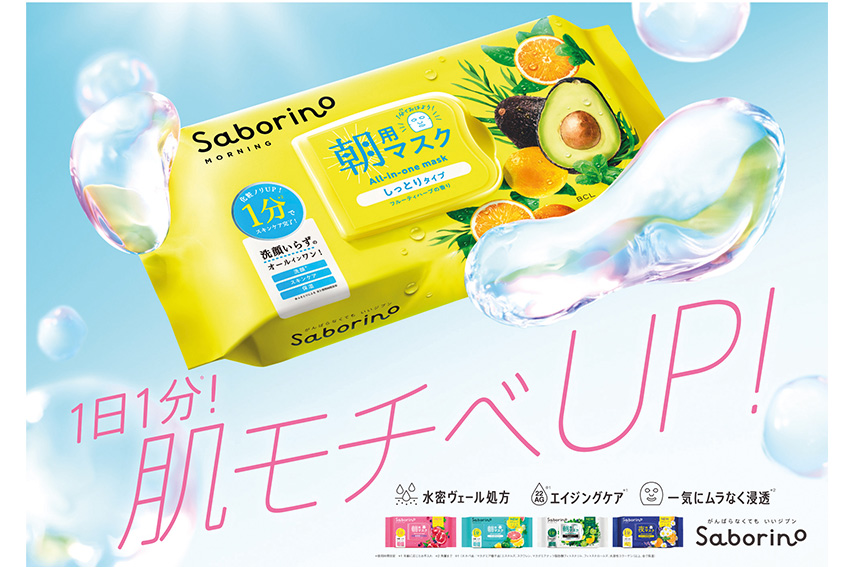
Saborino
Why do you think K-beauty is being replaced by J-beauty in Europe?
K-Beauty initially pioneered the market for Asian cosmetics, characterized by its dynamic and rapidly evolving pop culture. However, this constant influx of innovation as new products are introduced one after another can make it challenging for consumers to keep up.
In contrast, J-Beauty is crafted with a focus on long-term usage. Once customers begin using a J-Beauty cosmetic product, they tend to stick with it consistently over time. This consumer behavior is contributing to the possible gradual replacement of K-Beauty by J-Beauty. We aim to seize the early momentum of this trend and position ourselves at the forefront of this shift in consumer preferences.
European skin vastly differs from the characteristics of Asian skin. Asian skin ages slower due to a thick dermis but with a thinner stratum corneum, it tends to scar more easily and is more sensitive. How are you ensuring that your products are able to suit these varying types of skin?
It is essential to understand the local needs and the unique traits of the local population's skin. Currently, our product offerings, initially developed for the Japanese market, are being exported to foreign markets without adapting them to local markets. For now, we do not adapt our products to the local market, and we have been exporting our products in Japan to foreign markets. Because we understand the necessity to adapt our products to the specific requirements of each local market, we have proactively engaged in partnerships with local companies.
We are now focusing on Vietnam, Indonesia, and Thailand. In collaboration with a major local company, we are planning to conduct comprehensive market research and develop a tailored marketing strategy for the region. These strategic partnerships are integral to ensuring the successful localization of our products and meeting the diverse needs of consumers in each market.
As part of your product line, you have a diverse range of different brands, from cleansing face washes such as AHA and TSURURI to high-end department store brands like VECUA Honey and ROAlív. Which brands are you looking to push in international markets?
Our primary product lineup, once dominated by Cleansing Research, and momopuri, has undergone a recent transformation with the introduction of Saborino and ROAlív, which have emerged as our flagship offerings. In our overseas market strategy, we aim to concentrate our efforts on promoting Saborino and ROAlív.
Saborino, a facial sheet mask, represents a shift in conventional beauty routines. While facial sheet masks, popularized by Korean cosmetics, are typically used at night, we propose a unique twist with Saborino - a morning facial sheet mask.
Saborino is a facial sheet mask. Thanks to Korean cosmetics, the use of facial sheet masks at night has become a standard feature within the cosmetic routine. However, we are proposing our Saborino morning facial sheet mask.
ROAlív, on the other hand, stands out as our genderless cosmetic line crafted from natural ingredients designed to appeal to a diverse audience irrespective of gender.
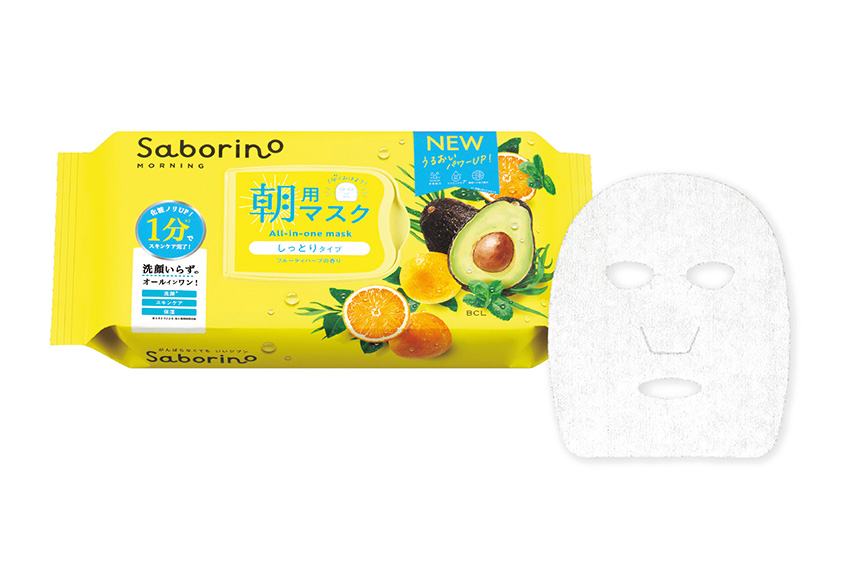
Saborino facial sheet mask
Last month, the brand name HONEYROA was changed to ROAlív, which restarted itself as a borderless, experiential beauty brand. At the same time, you also introduced a new fragrance series, mindsense, with 12 different types to choose from. What was the reason for the rebranding in the first place? Can you elaborate more on the borderless, experiential beauty brand concept that you coined?
Initially scheduled for a March 2025 rebranding launch, the current post-COVID landscape has prompted us to accelerate the introduction of our new branding - one that is borderless and genderless.
Anticipating a slow adoption in Japan, we have observed that the younger generation is already embracing this new brand concept. In alignment with this vision, we have introduced a new fragrance series and rebranded our products as ROAlív . As honey has a feminine image in Japan, we have incorporated "lív" as a lifestyle brand to enhance the brand's genderless and universal appeal. There has been a substantial increase in the number of men using cosmetics, rising from 10% pre-COVID to 35%, marking a significant 25% surge. Capitalizing on this trend, we also aim to target the male population.
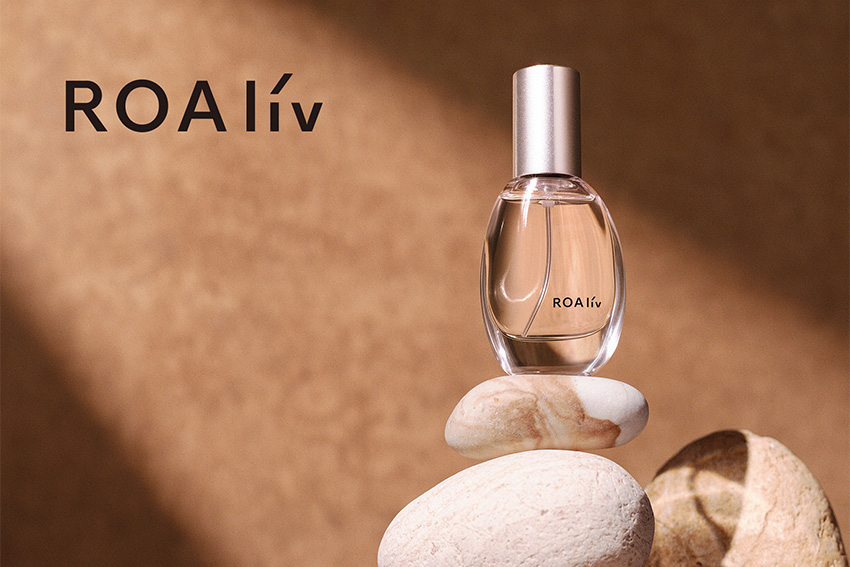
Considering that you are proceeding with the genderless and borderless concept, how are you able to simplify the skincare routines for both men and women?
The core concept driving the product development for ROAlív revolves around the creation of a line that fosters shared use among couples, offering cosmetics that both men and women can enjoy together. A key emphasis lies in the fragrance, designed not to cater to a specific gender but to encapsulate the essence of ROAlív, presenting a scent that transcends traditional gender boundaries.
Acknowledging the difference in skin types between men and women, with men generally having more oily skin, we are committed to identifying a universal standard. This standard ensures that our cosmetic products, such as face washes, provide a refreshing experience for both genders.
Our strategy involves capturing the attention of couples through the ROAlív brand at an entry-level. From there, couples can explore and choose additional products that match their individual preferences, allowing for a personalized and tailored approach to their skincare routine.
ROAlív has 12 different fragrances to choose from, what's your favourite?
My favourite is the nineties, which is a sharp and cool scent. Our fragrances are carefully crafted to strike a perfect balance, appealing equally to both men and women.
BCL COMPANY is part of the StylingLife Holdings Group, with diverse business which includes PLAZASTYLE COMPANY, LightUp Shopping Club and CP Cosmetics. What have been some of the synergies that you're able to leverage as part of this group?
Plaza Style operates as a variety store, primarily catering to a younger demographic, with the majority of customers falling in the 19 to 21 age range. On the other hand, LightUp Shopping Club, our mail-order channel, targets an older clientele, averaging around 69 years old. This platform attracts seniors, and high-end and upper-class customers, derived from Sony Family Club, which originally operated as a mail-order service.
One of our unique advantages is the ability to connect with both younger and older generations through our outlets. This diversity enables us to collaborate with companies and develop products tailored to the distinct preferences of each age group. Additionally, we extend our reach through CP Cosmetics, which services 1,240 beauty treatment salons called CP Salon, offering facial beauty treatments and makeup advice as well as selling cosmetics.
Leveraging the channels provided by our parent company, TBS Holdings, a prominent broadcasting company, further enhances our reach. We receive investments from TBS Holdings, reinforcing the lifestyle aspect of our group company.
E-commerce has seen a significant rise due to convenience and lifestyle changes, particularly post-COVID. By 2026, it is estimated that 24% of all global retail purchases will be taking place online. Can you delve more into the role that e-commerce is playing in your business model?
To be honest, we are currently lagging in advancing our e-commerce business. At this moment, only 3% of our total sales are generated through EC channels. However, we have set an ambitious target to increase this figure to 10% by 2025 and further elevate it to 20% by 2030.
Our primary product lineup is positioned within a lower price range. Considering the ongoing shortage of manpower in Japan and the rising costs of logistics and shipping, it has become imperative for us to innovate. We are actively working on developing a new type of product specifically tailored for the EC market. Simultaneously, we are in the process of establishing a platform that facilitates global accessibility, allowing customers from any country to easily purchase our products. Our goal is to launch our global website by 2026.
Your Cleansing Research product takes advantage of using alpha hydroxy acid (AHA) which is key to removing unnecessary dead skin cells. When it comes to this kind of skincare and cleansing products, different types of ingredients can be used such as beta hydroxy acid, retinoid, and even peptides. What are the specific advantages of using AHA in your Cleansing Research?
In addition to AHA, our product formulation incorporates BHA, PHA, and retinoids. Our journey with AHA dates back to the year 2000 when BHA and PHA were not yet in commercial cosmetics. Being among the early adopters of AHA in our product line, we gained recognition for this particular element.
Given the historical significance, our customers frequently refer to our products as AHA, which became one of our brands. While we utilize a variety of ingredients, our products are consistently represented as AHA to leverage and maintain the strong brand awareness associated with this key element.
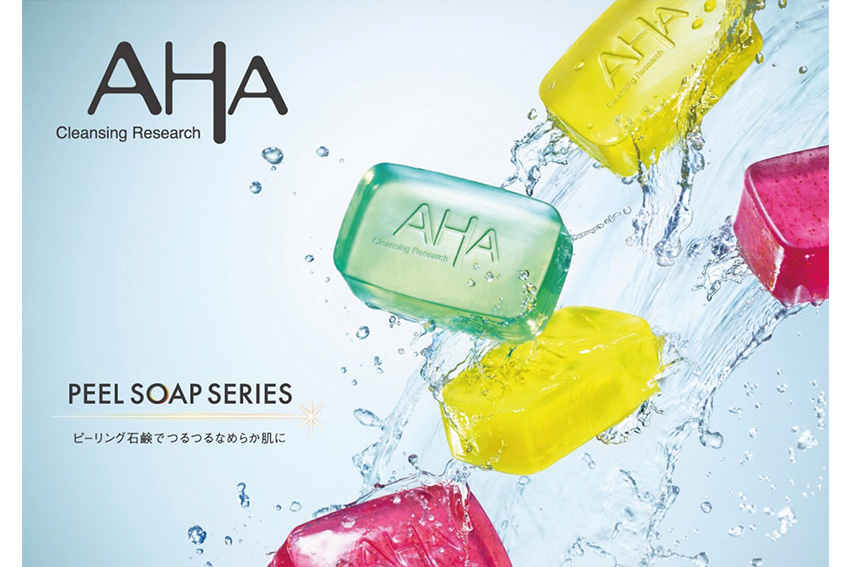
Your business was founded in 1996. If we fast-forward to 2026, you'll be a 30-year-old company. What would you like the company to achieve by its 30th anniversary?
Our company's Vision 2030 is aimed at doubling our current profit and evolving into a comprehensive beauty solution provider. This evolution extends beyond cosmetics to encompass a diverse range of products, including food, aesthetic electronics, beverages, and others that contribute to both internal and external beauty. By 2026, we anticipate being on track to achieve 70% of our Vision 2030 goals, and I look forward to sharing our successes up to that point.
In addition to our broader vision, we are keen on infusing an entertainment essence into the food category. We believe that the consumption of beauty should be enjoyable, and to that end, we are working on creating nutritious chips and snacks. Our strategy is to leverage the popularity of Japanese sweets and snacks, particularly in Asian nations like Hong Kong. This would also be supplemented by aesthetic electronics products, reflecting our comprehensive approach.
0 COMMENTS